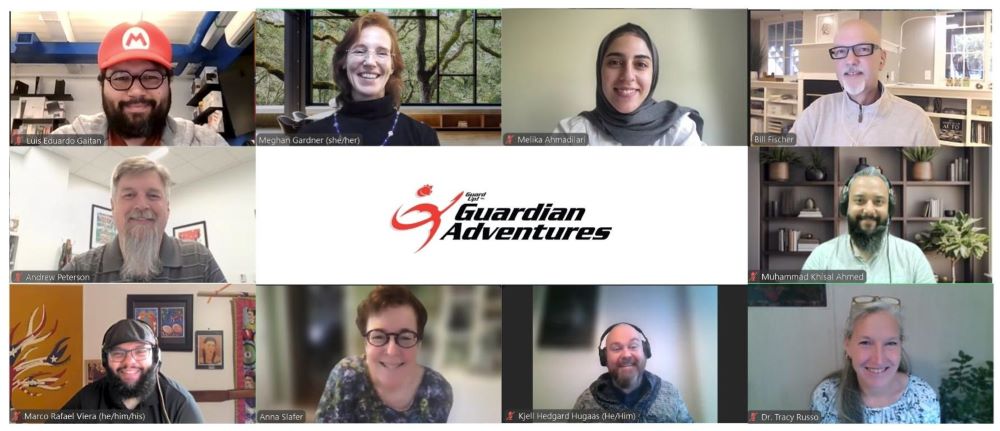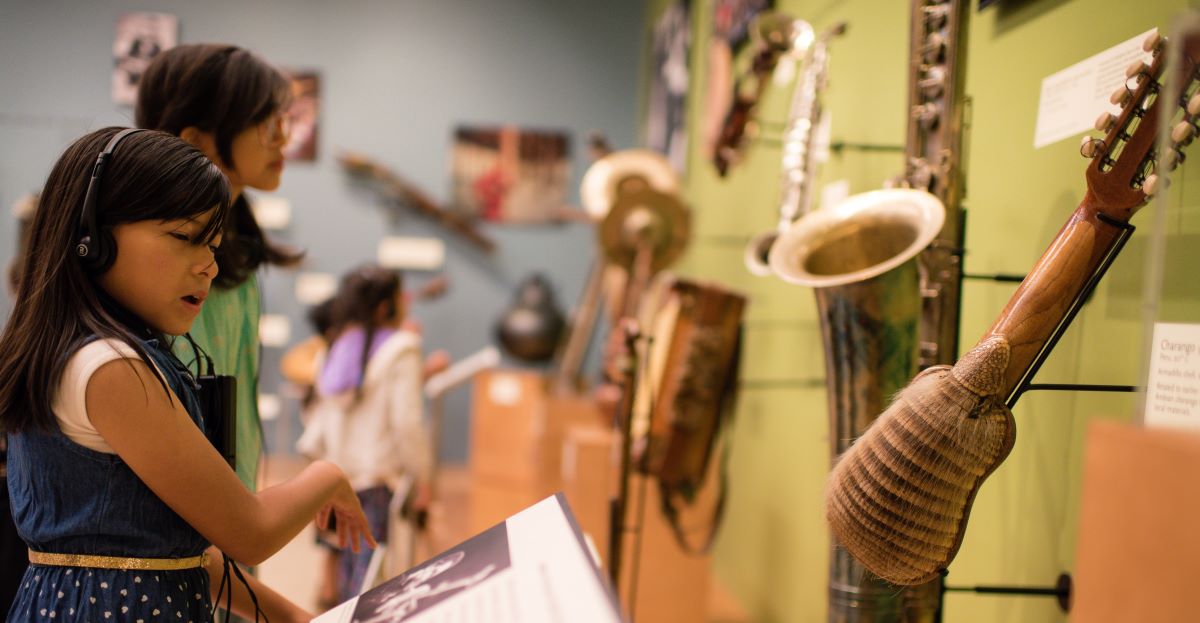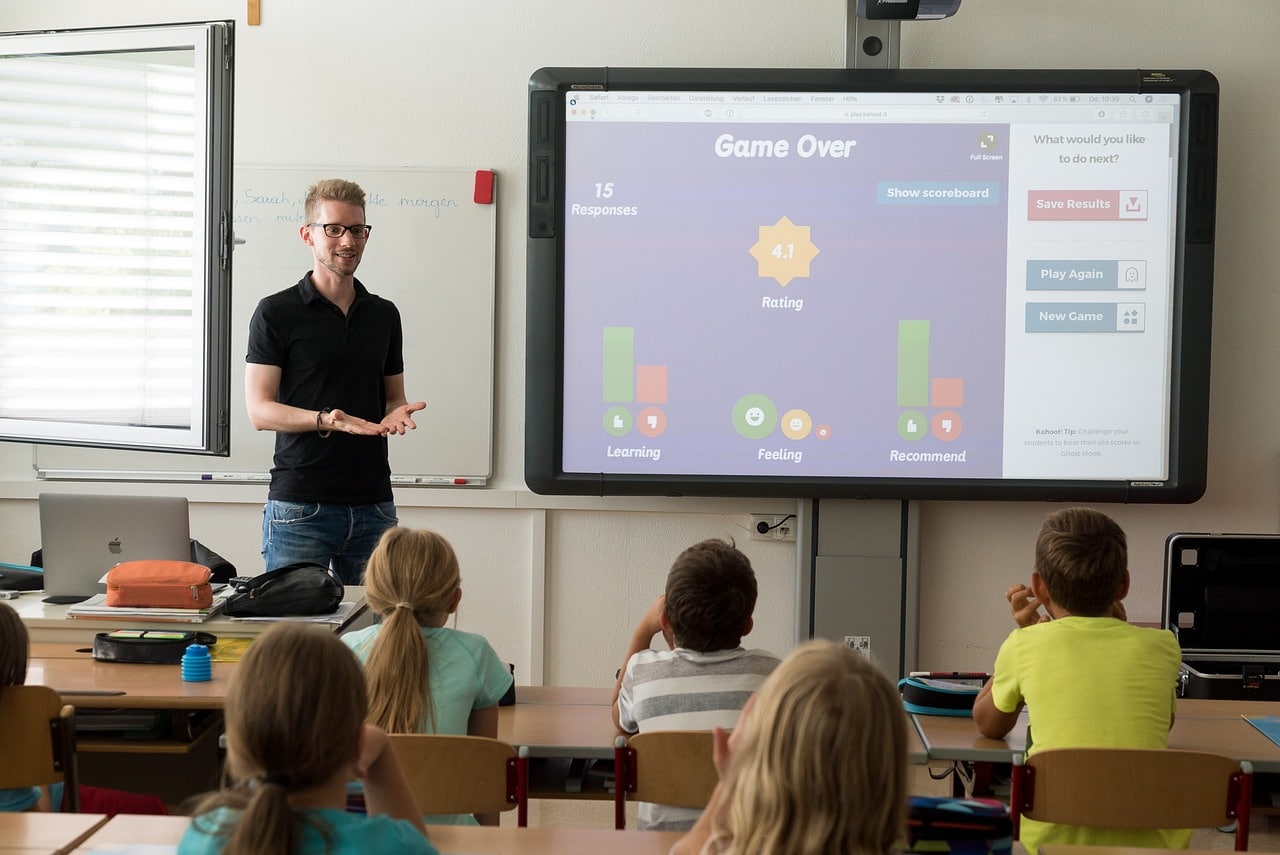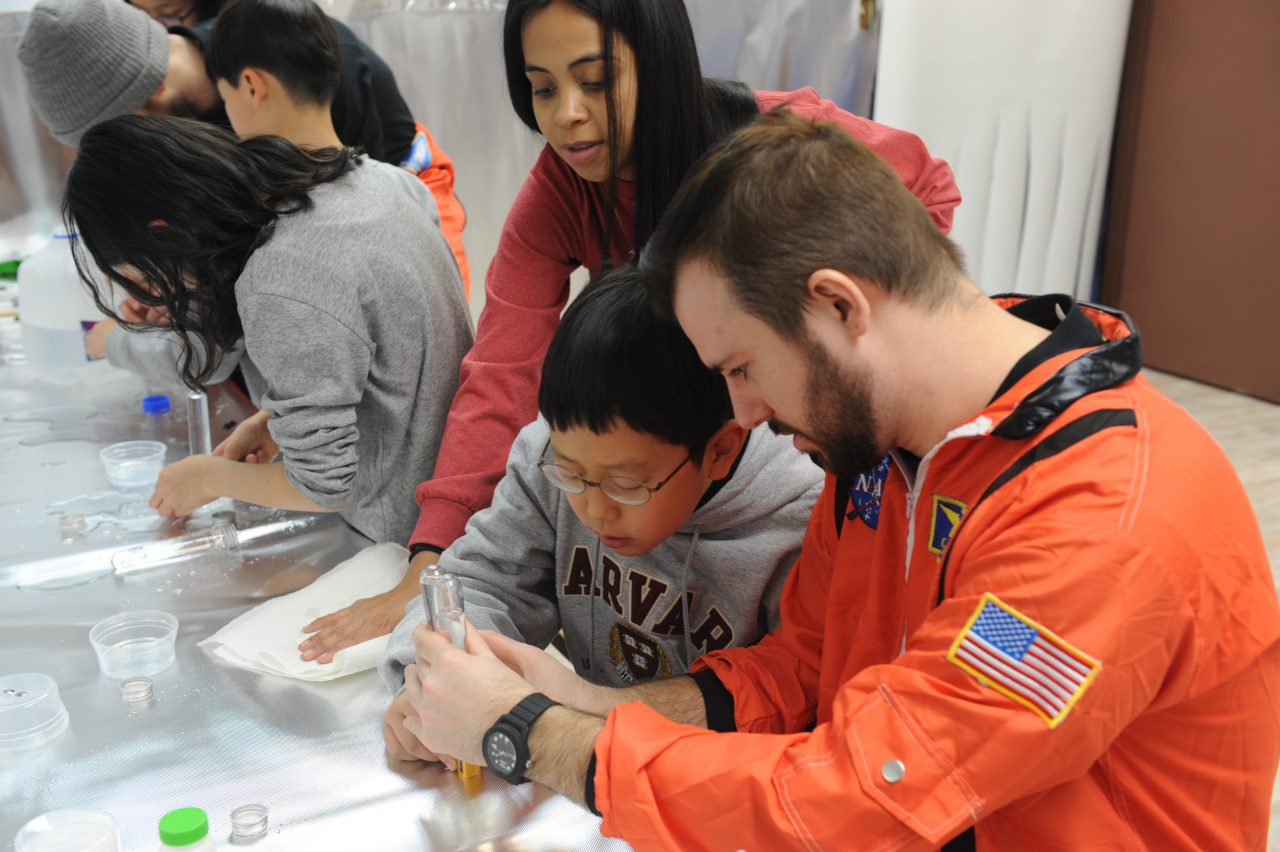…and why those lenses support innovation.
All designers seek an elegant solution to a significant problem. Elegant, in this sense, means a solution that isn’t complex and addresses each of the objectives efficiently and effectively.
When taking on a project, especially one with a transformative objective, it’s important to bring in perspectives from various fields and lived experiences. Each expert view not only deepens our understanding but also improves how the project unfolds, making sure it’s both accessible and engaging. But more, I posit that having a wide range of perspectives (people from very different fields or cultures) is what makes your project truly innovative and approachable. They will ask questions and make suggestions that will prevent many iterations of re-design because they are not seeing the project through the sometimes myopic viewpoint of a singular solution.
I’d like to acknowledge Upsalla University, in particular the Transformative Game Design Masters Degree for this list of various expert lenses. I’ll give you my summation of the role for each of these perspectives.
-
- Physical Logistics Specialist: Think of this person as your go-to for making sure everything fits—literally. They make sure the space works just right and that all the resources are in place so everyone can participate fully without a hitch. This isn’t just for in-person programs. Online events or courses still need a logistics specialist who makes certain that the software being used is the right kind and in working order.
- Communication Specialist: This is your storyteller. They ensure that every message, whether spoken, written, or displayed, is clear and captivating, making certain everyone’s on the same page. This is both in the mode of project production (think of a Project Manager) and also as it pertains to the end users (think of an Instructional Designer). IE. Making sure the instructions for the experience are clear and easy to understand.
- Safety Specialist: Every great project needs a guardian angel, and that’s this specialist. They’re all about creating a safe space where everyone can explore, learn, and process. This role is particularly important in helping your end users calibrate to each other and the topic before engaging in content that might be a polarizing subject or a topic that could be triggering. You don’t want your end users to have a negative experience and this role will lower that risk.
- Accessibility Specialist: Accessibility goes beyond just physical access. This specialist helps make sure that everyone, no matter their ability, can engage fully with the project. These are also called Universal Designers. Trust me – getting these experts on board right at the start of the design process is vital. Many developers don’t bring them in until the project is in a final draft state (or even already available to the public) and then they have to go back and redesign because they didn’t have the lived experience or training to see accessibility through another person’s lens.
- Cultural Consultant: If your project serves or is about a specific demographic, do yourself and the project a big favor and partner with a cultural consultant who is an active member of that culture. And don’t just have them on the side lines telling you what words to use or that such and such design element is not appropriate. This isn’t just about preventing cultural appropriation… it’s about reaching your end users through elements of their own culture and lived experience. There’s a great saying I heard, “Nothing about us without us.” I would also add that if you want a project to go global and to be easily translatable into multiple languages, make sure you have a large number of your designers whose first language is not English. They will help you use words that are clearly translatable and steer away from lingo that certain English users take for granted as being widely known.
- Diversity, Equity, and Inclusion Specialist: With all of the backlash on this in the USA, I am going to make the point that all of the people pushing against DEI are just not getting: You will NEVER be at the pinnacle of innovation if you don’t have a diverse team. This diversity is what brings perspectives that you and people like you don’t have. If you don’t have Equity, then you are not accounting for these differences so your diverse team cannot operate efficiently and once again, you are missing out on peak innovation. And if you don’t have Inclusion, your team won’t feel like they can speak up and provide their full, authentic feedback – which might run counter to what others are saying. But strong innovation requires positive conflict. Just ask any top performing music band.
- Education Specialist: They’re focused on making sure the project isn’t just fun, but also truly educational, with takeaways that stick. These roles are Curriculum Designers and Learning Experience Designers. They know not just how to deliver the content, but how to process the experience so that transfer is the outcome. Transfer means that the end-user has a takeaway from the experience that is applicable to their life outside of the experience.
- Mental Health Professional: This is the partner to the Safety Specialist. Their role is to ensure that the resulting experience supports everyone’s emotional and mental well-being, making it a positive outcome for all participants. The more emotionally challenging the topic you are trying to explore, the more vital this role is in your project. As well, they can assist in the debrief of the participants at the end of the experience so that everyone has a chance to process their emotions and make sense of their interaction.
- Workshop Designer: This person designs engaging activities that not only fit the project’s goals but also help make the experience safer and more engaging. This role identifies how to prepare the participants ahead of time for the experience in such a way that they have a better understanding of what is to come and an agreed upon method for communicating what their comfort level is with the changing dynamics.
- Documentation Lead: They document everything. This role is vital because it helps the team reflect on what’s working and what needs tweaking, while also making sure that everyone is working on the same version. I’m sure some of you recall a time you discovered that you were adding or editing an outdated document and had to start again on the more recent version (insert exasperated sigh here).
So there you go. By incorporating each of these perspectives/roles into the planning process, you can ensure the project isn’t just highly innovative, efficient and effective, but also deeply impactful. Because when you are in the job of making an experience or game that is transformative, you really need to know what you don’t know… and co-design with those who can fill in those gaps for you.
Guardian Adventures provides consulting and transformative design for museum and science centers, summer camps, amusement & attraction industries, and more.





